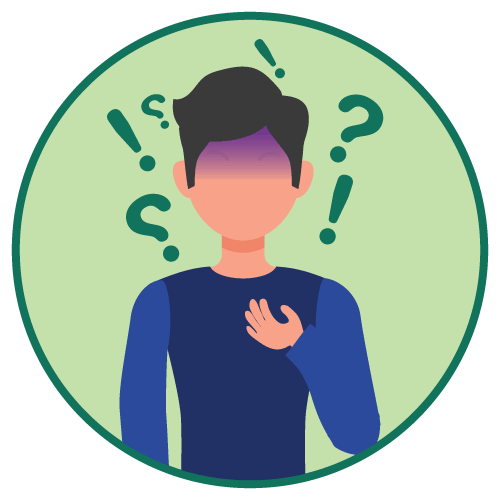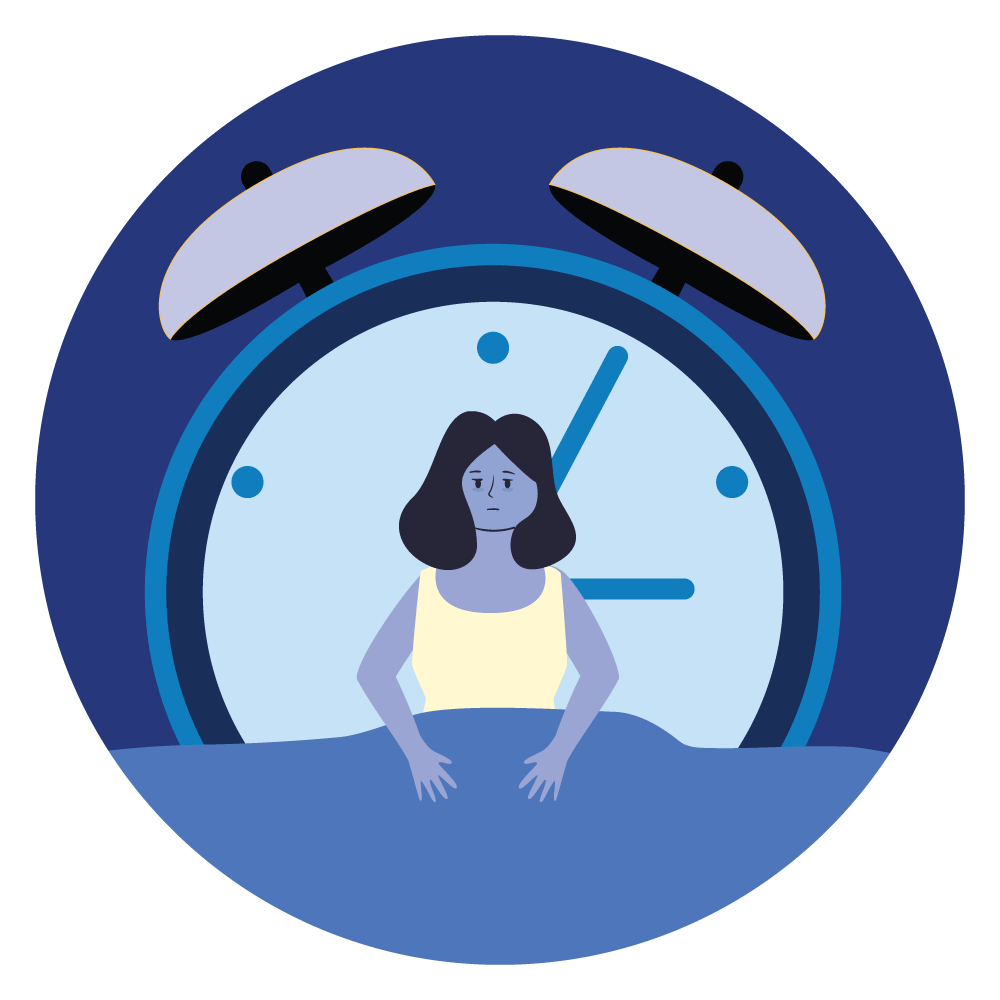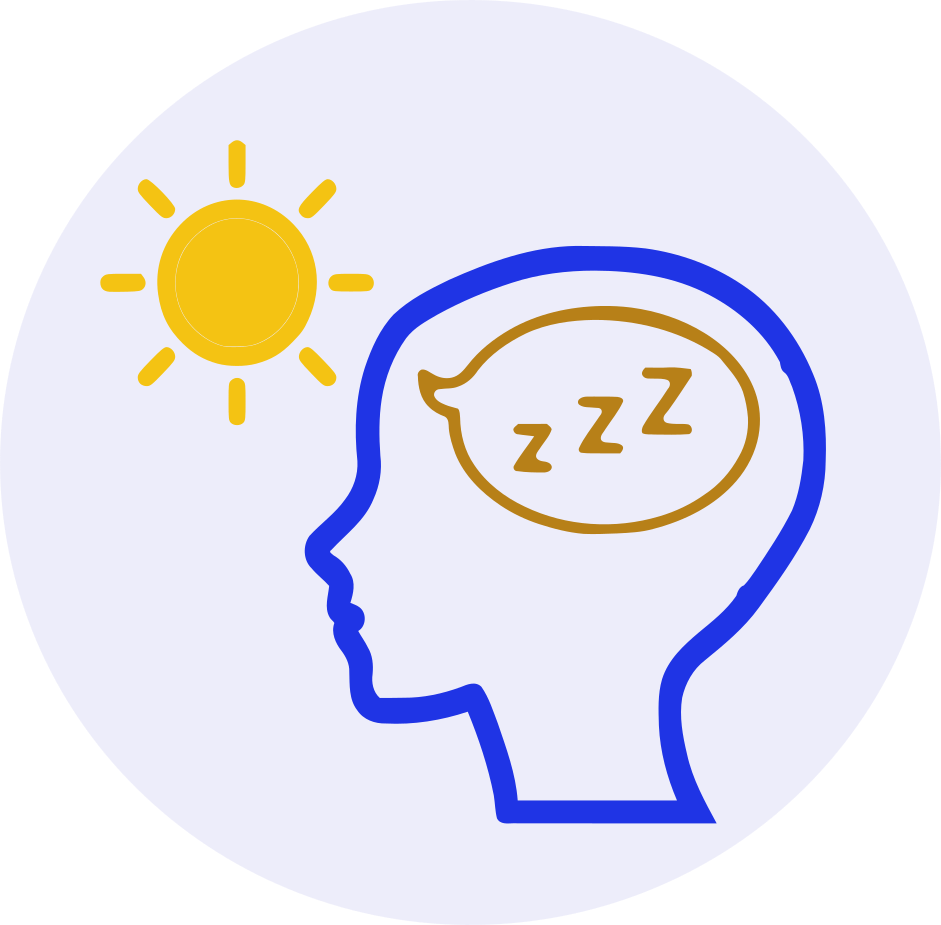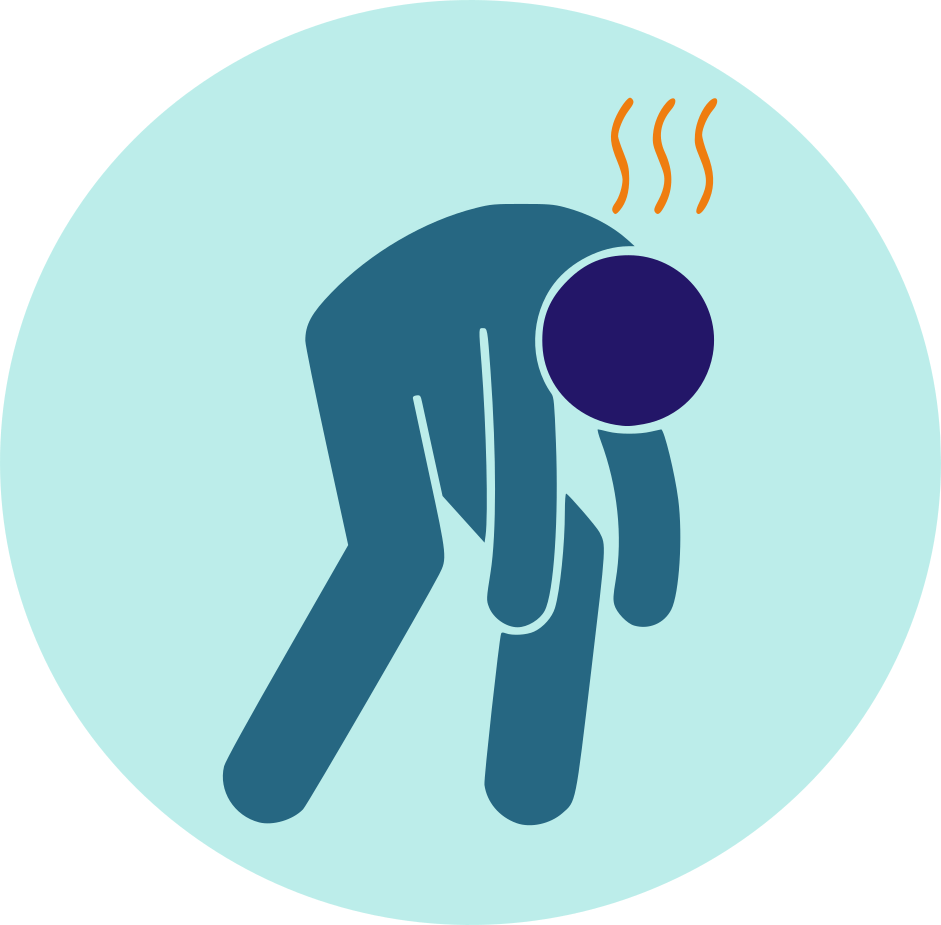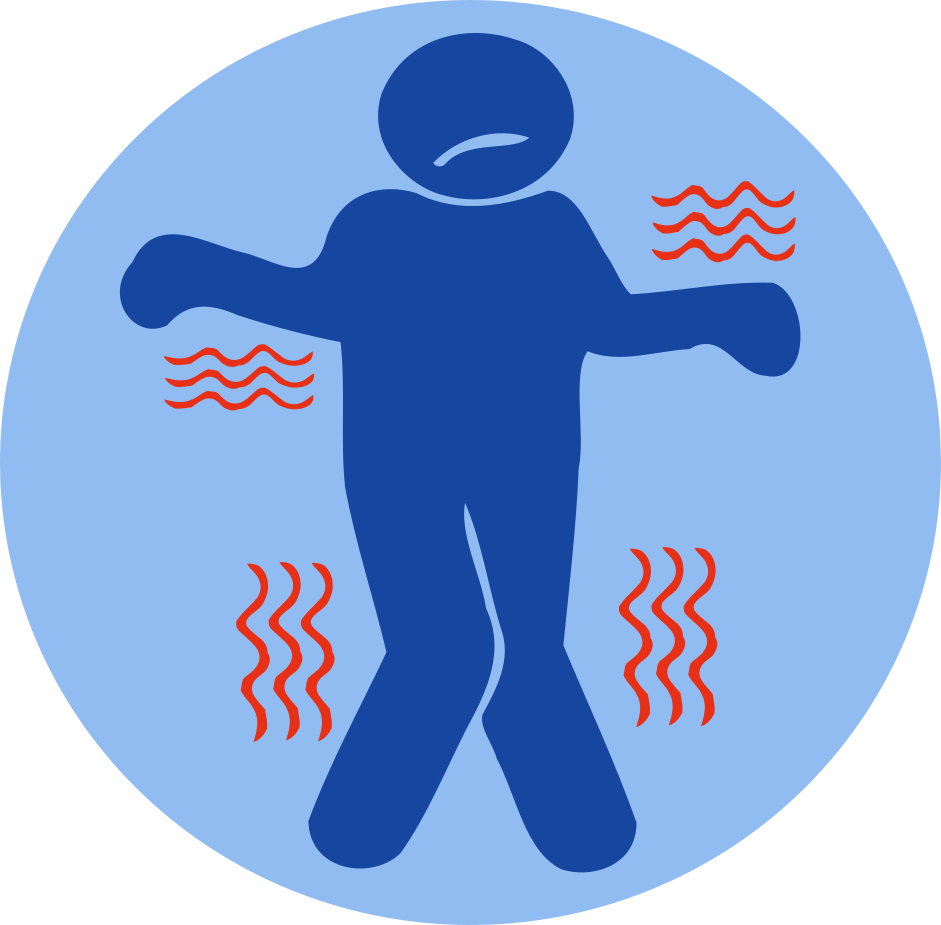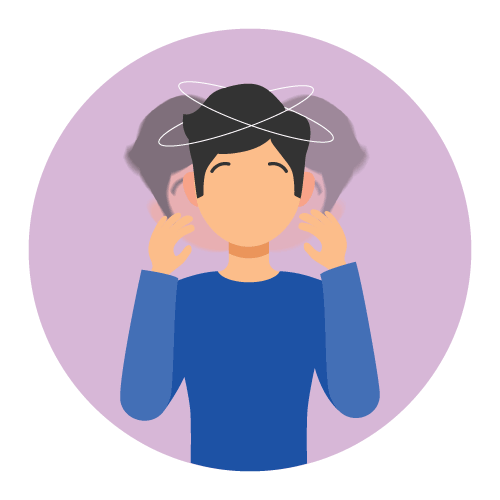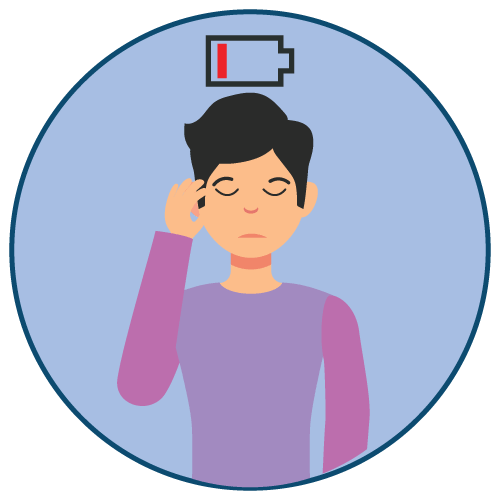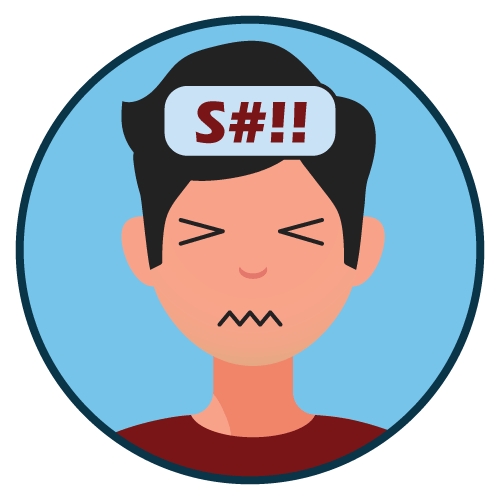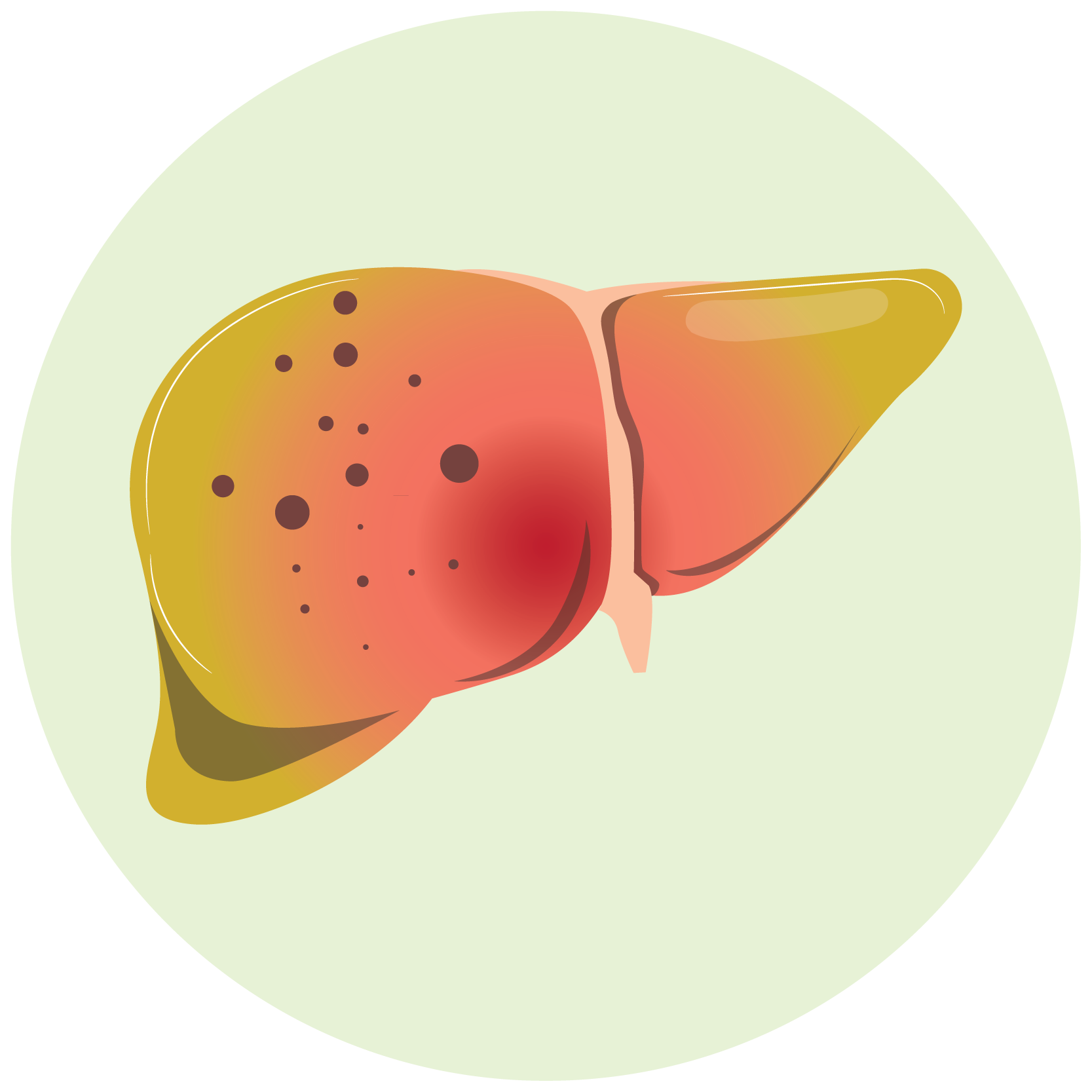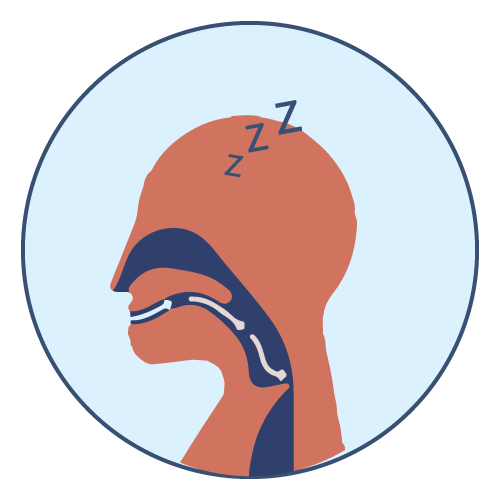| Name | Lorazepam |
| Classes |
Central Nervous System Agent Anticonvulsant / Antiepileptic Agent Psychotherapeutic Agent Benzodiazepine |
| Diseases |
Anxiety CNS Disorder Sleeping Disorder |
Lorazepam
Lorazepam is a GABA-A receptor agonist. GABA receptors when stimulated produces inhibitory effects on other neuronal signals. They produce anxiolytic effect by inhibiting excitatory signals produced in the neurons of amygdala, which causes anxiety.
Lorazepam is indicated for the management of anxiety disorders or for the short-term relief of the symptoms of anxiety or anxiety associated with depressive symptoms.
- Lorazepam is delivered Orally. Dose, frequency of administration, and length of therapy should all be tailored to the patient's response for best outcomes. Tablets in the dosages of 0.5 mg, 1 mg, and 2 mg are available.
- The typical daily dosage range is 2 to 6 mg in divided doses, with the highest amount taken before night, however the daily dosage can range from 1 to 10 mg.
- Most people with anxiety require an initial dose of 2 to 3 mg/day, administered two or three times per day.
- A single daily dose of 2 to 4 mg, generally around bedtime, may be used for insomnia caused by anxiety or transitory situational stress.
- For elderly or debilitated patients, an initial dosage of 1 to 2 mg/day in divided doses is recommended, to be adjusted as needed and tolerated.
Lorazepam has the following side effects-
- Drowsiness
- Fatigue
- Muscle weakness
- Ataxia
- Dizziness
- Blurred vision
- Nausea
- Constipation
- Jaundice
- Asthenia etc
- Concomitant use of benzodiazepines, including lorazepam, and opioids may result in profound sedation, respiratory depression, coma, and death. Because of these risks, reserve concomitant prescribing of these drugs for use in patients for whom alternative treatment options are inadequate.
- Benzodiazepines, such as lorazepam, can develop to physical and psychological dependence. Higher doses and prolonged use raise the risk of dependence, which is amplified in individuals with a history of alcoholism or drug misuse, as well as those with substantial personality disorders.
- The danger of suicide should be considered in individuals with depression; benzodiazepines should not be given in such patients without sufficient antidepressant medication.
- In patients with reduced respiratory function, lorazepam should be taken with caution (e.g., COPD, sleep apnea syndrome).
- As with all benzodiazepines, the use of lorazepam may worsen hepatic encephalopathy; therefore, lorazepam should be used with caution in patients with severe hepatic insufficiency and/or encephalopathy. Dosage for patients with severe hepatic insufficiency should be adjusted carefully according to patient response; lower doses may be sufficient in such patients. In patients where gastrointestinal or cardiovascular disorders coexist with anxiety, it should be noted that lorazepam has not been shown to be of significant benefit in treating the gastrointestinal or cardiovascular component.
- Patients who are elderly or disabled may be more vulnerable to lorazepam's sedative effects. As a result, these patients should be closely followed and their dosage carefully adjusted based on the patient's response; the initial dosage should not exceed 2 mg.
- When taking benzodiazepines, strange effects have been recorded on occasion. Children and the elderly are more likely to have such reactions. If any of these side effects develop, the medicine should be stopped. Patients with poor renal or hepatic function should be treated with the normal precautions.
Contraindication
Contraindicated in patients hypersensitive to Lorazepam or other benzodiazepines, such as-
None known.
Contraindicated in-
- Narrow angle glaucoma
- Severe hepatic dysfunction
- Myasthenia Gravis
 Bangla
Bangla English
English